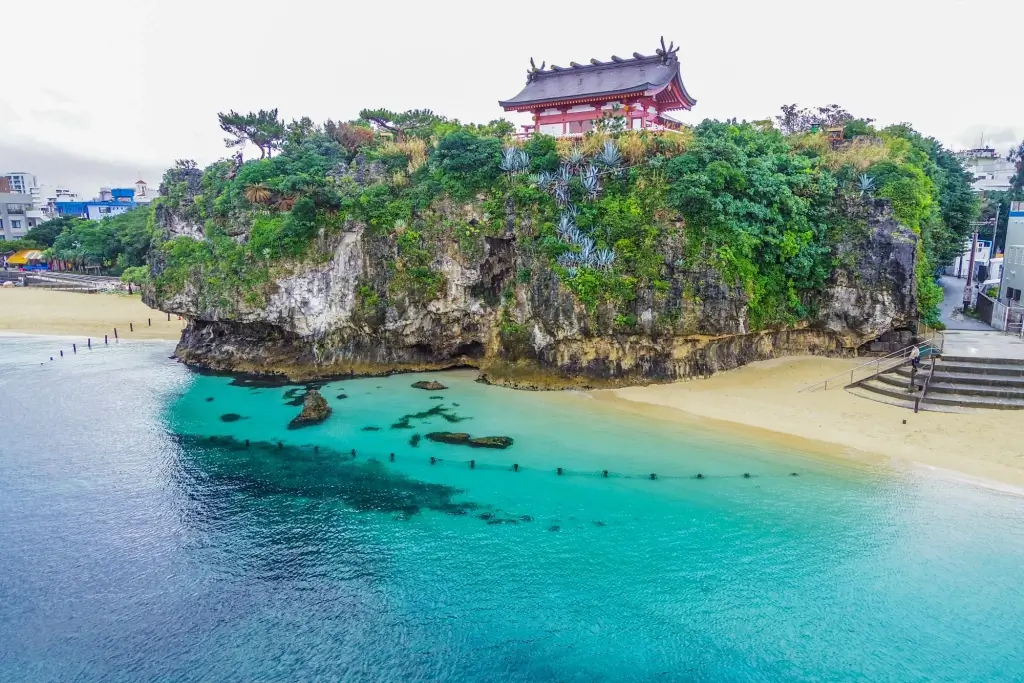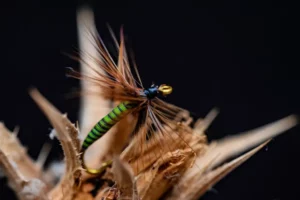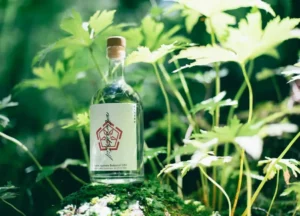Okinawa offers vibrant escapes for a unique trip in a stunning landscape. Spending time in Okinawa reveals a world of natural wonders, exciting activities, and educational opportunities. These islands are steeped in the traditions of the Ryukyu Kingdom (1429–1879).
They beckon travelers to explore a blend of natural beauty, cultural traditions, and diverse terrain. Outdoor enthusiasts will find endless opportunities to connect with nature through daytime water sports or quiet nighttime activities. Today, we’ll explore five exciting adventures that will make your time in Okinawa unforgettable!
Table of Contents
ToggleEnjoy Bird-Watching in Yanbaru Forest
Yanbaru Forest is a UNESCO World Natural Heritage site in the northern part of Okinawa’s main island. This subtropical rainforest is home to rare bird species such as the Okinawa rail (yambaru kuina) and Okinawa woodpecker. The forest’s dense canopy supports diverse wildlife, making it a haven for nature lovers. Spring and autumn offer ideal conditions for spotting migratory birds, especially in the cooler weather outside of summer.

Bird-watching took off in the 1980s when conservation efforts started gaining popularity in Japan. Guided tours start at Kunigami Village, a 90-minute drive from Naha Airport. The nearby Yanbaru Wildlife Center provides insights into local species. Visitors can trek along trails while spotting birds with expert guides. Binoculars and sturdy shoes are a must during a visit to this attraction. Bird-watching in Yanbaru is a great way to experience Okinawa’s biodiversity, perfect for eco-conscious travelers.
Blue Cave
The Blue Cave is an amazing limestone formation created over centuries by wave erosion. The water in this natural amphitheatre glows blue due to sunlight entering the dark interior from the entrance. The summer months provide calm seas for optimal visibility, but its vibrant marine life and tropical fish also attract snorkeling and diving adventurers year-round.
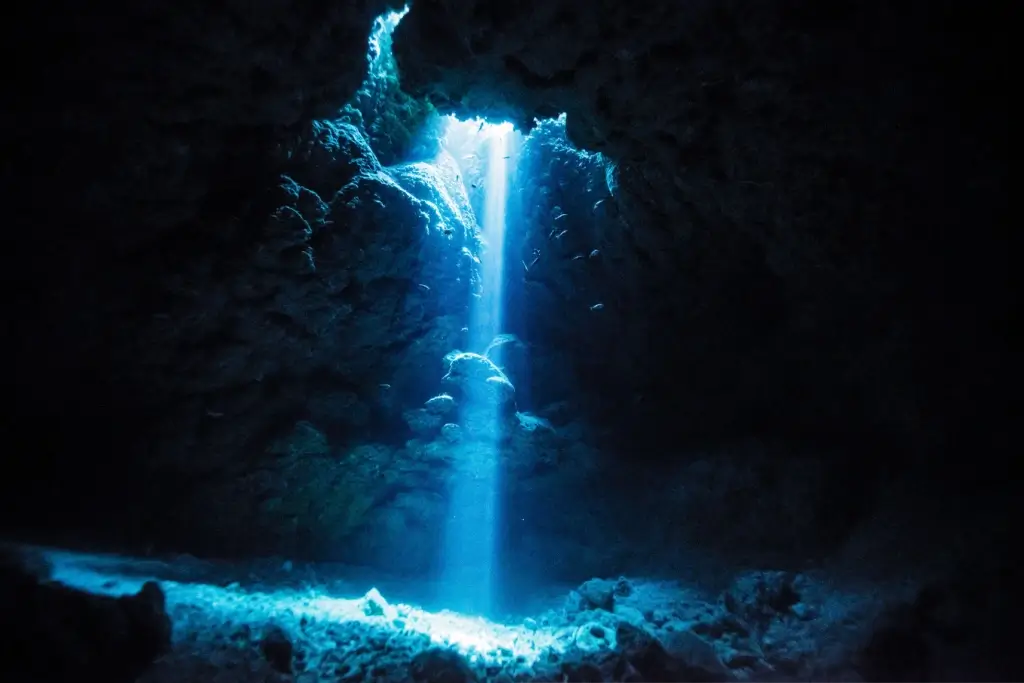
Blue Cave has been a hotspot since it became popular with tourists in the 2000s. It is located on Cape Maeda in Onna Village, a 40-minute drive from Naha. Tours depart from Maeda Cape, and the cave is a 10-minute boat ride from shore. The entry fee is around 3,000 yen, but snorkeling gear is provided, and guides ensure safety for beginners. Nearby Moon Beach provides a spot for post-adventure relaxation. Visiting Blue Cave is a thrilling opportunity to immerse oneself in Okinawa’s underwater world.
Shikuwasa Picking in Ogimi Village
Ogimi Village in northern Okinawa is Japan’s “village of long life”. It is famed for two things – the longevity of its residents and shikuwasa, a citrus fruit central to local cuisine. Many believe the two are connected. The fruit’s tangy flavor can be found in juices, desserts, and sweets throughout the area.
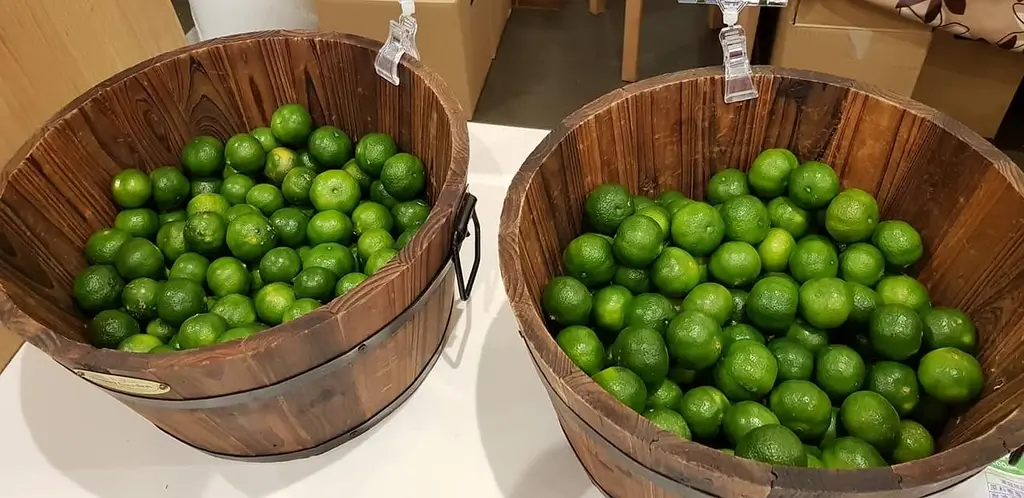
Its agricultural roots trace back to the Ryukyu Kingdom, where the seasonal activity of shikuwasa picking peaks from August to October. Tours are organized at Ogimi’s agricultural co-op, a 100-minute drive from Naha Airport. Casual visitors can engage with farmers and learn about traditional harvesting methods.
More interested participants can pick fruit in the orchards for about 2,000 yen. And, of course, local cafes serve all manner of shikuwasa treats. The village’s serene hills and cultural heritage enhance the experience. This adventure suits food lovers and those seeking a hands-on connection to Okinawa’s rural traditions.
Are you looking for great snacks to enjoy before your next big adventure? Check out Sakuraco! Sakuraco delivers traditional Japanese snacks, sweets, tableware, and more from local Japanese makers right to your door, perfect for a pleasant snack time at home!

Kerama Island Sea Kayaking
The Kerama Islands are a national park west of Okinawa Main Island, renowned for their crystal clear waters. Sea kayaking is one of the best ways to appreciate this striking clarity, the park’s coral reefs, and abundant aquatic life up close. Sea kayaking started making waves in the Keramas in the 1990s. Since then, word of their beauty spread until they were officially designated a national park in 2014.
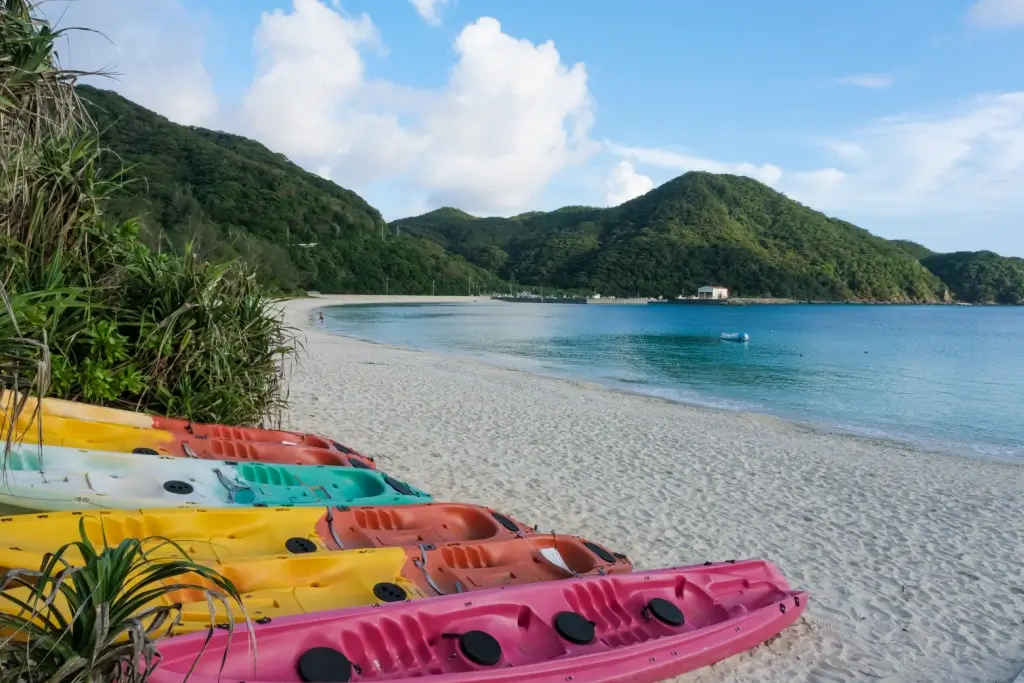
Spring and summer are the prime kayaking seasons. Tours depart from Zamami Island. Rentals cost around 5000 yen but include guides that teach proper paddling technique. Paddlers can explore hidden coves where they can even spot sea turtles. Zamami Island’s Ama Beach also offers snorkeling for those who prefer slightly less strenuous activity.
Tokashiki Stargazing
Tokashiki Island is also part of the Kerama Islands. Its secluded nature and minimal light pollution have made it a stargazing paradise. The island’s clear skies are especially evident in winter. Tours depart from Naha Island and make the 70-minute ferry ride to the island’s Aharen Beach. And guides provide telescopes for about 3,000 yen. Visitors gather on beaches, learning stories about the stars and constellations tied to Ryukyu folklore. Nearby, Tokashiki Village has cozy cafes serving goza dumplings. Stargazing on Tokashiki blends natural wonder with cultural insights, ideal for those seeking tranquil yet educational experiences.

Why should I spend time in Okinawa for adventures?
Okinawa adventures are so special because they allow travelers to view the islands’ unique geography, wildlife, and ecosystems. The region’s Ryukyuan history also provides opportunities to learn about Okinawa’s cultural origins by engaging in local traditions through hands-on activities. Also, despite its relative remoteness, the region’s year-round activities are easily accessible.
These adventures can be peaceful and tranquil, or thrilling and challenging. It is up to the adventurer to choose how they spend their time in Okinawa. Which Okinawan adventure sparks your interest? Share your favorite outdoor experiences and activities in the comments below!


